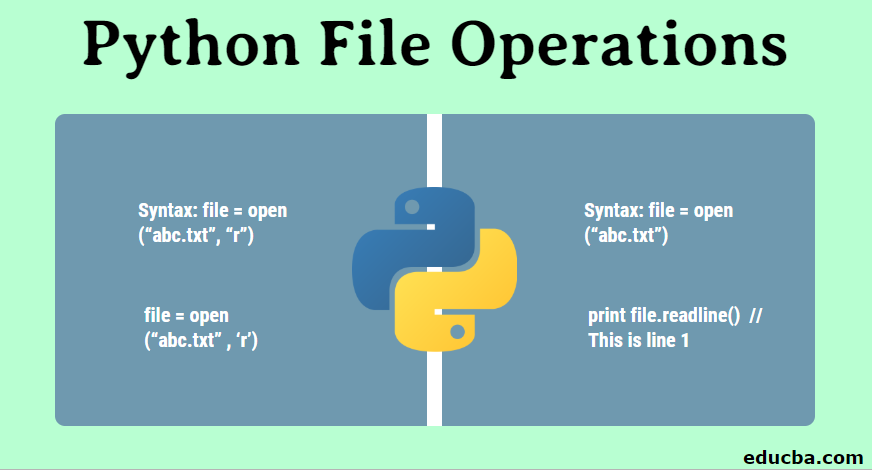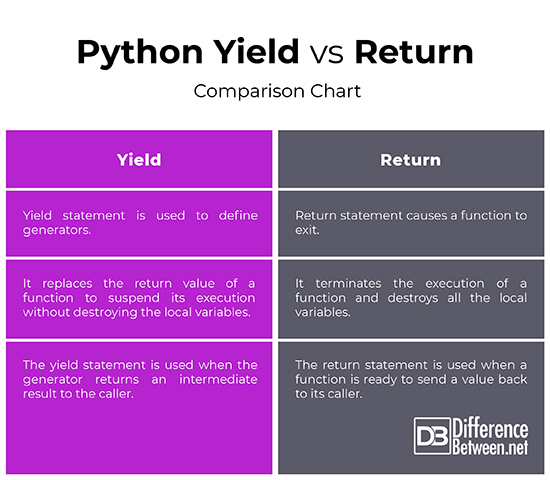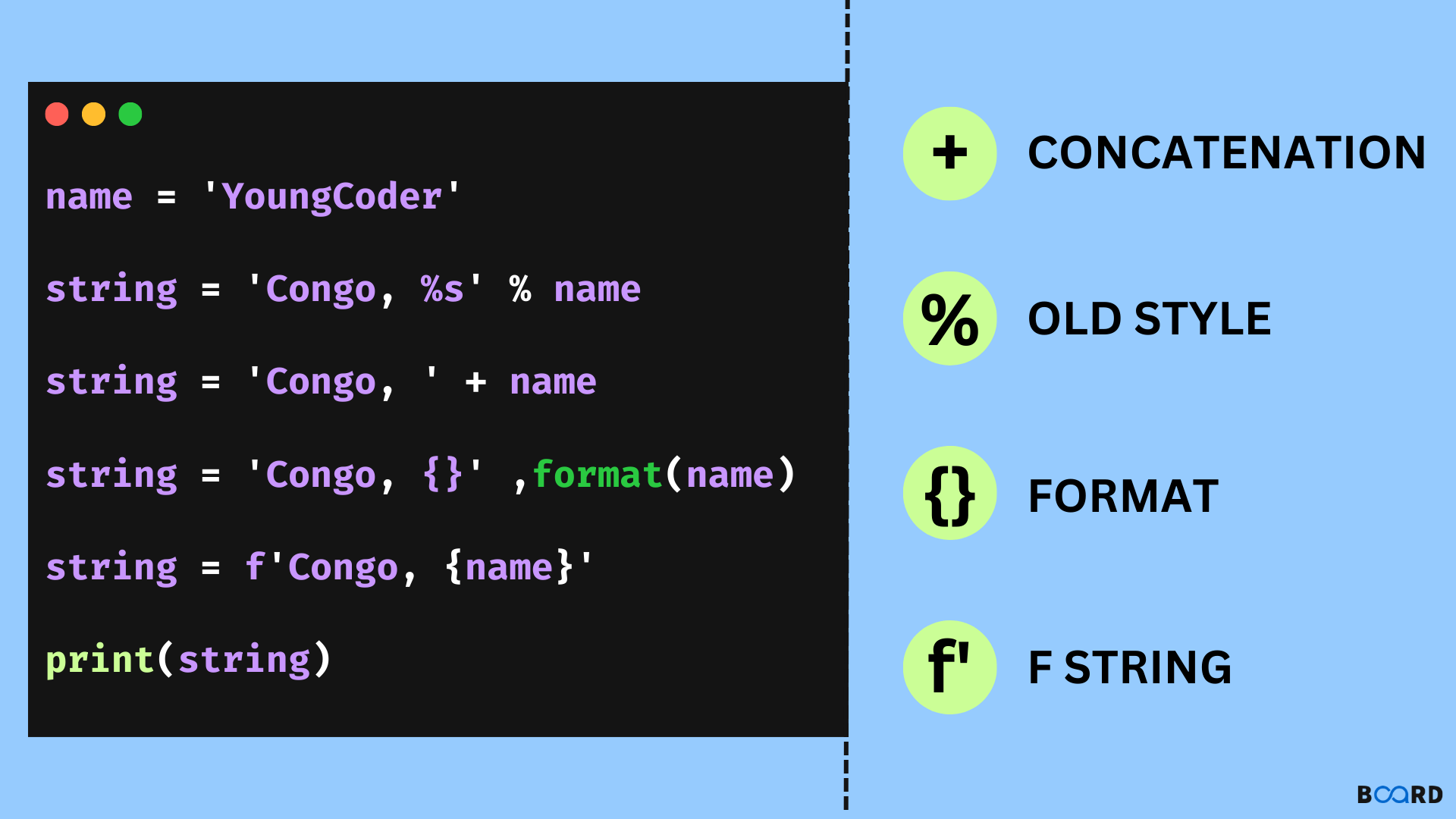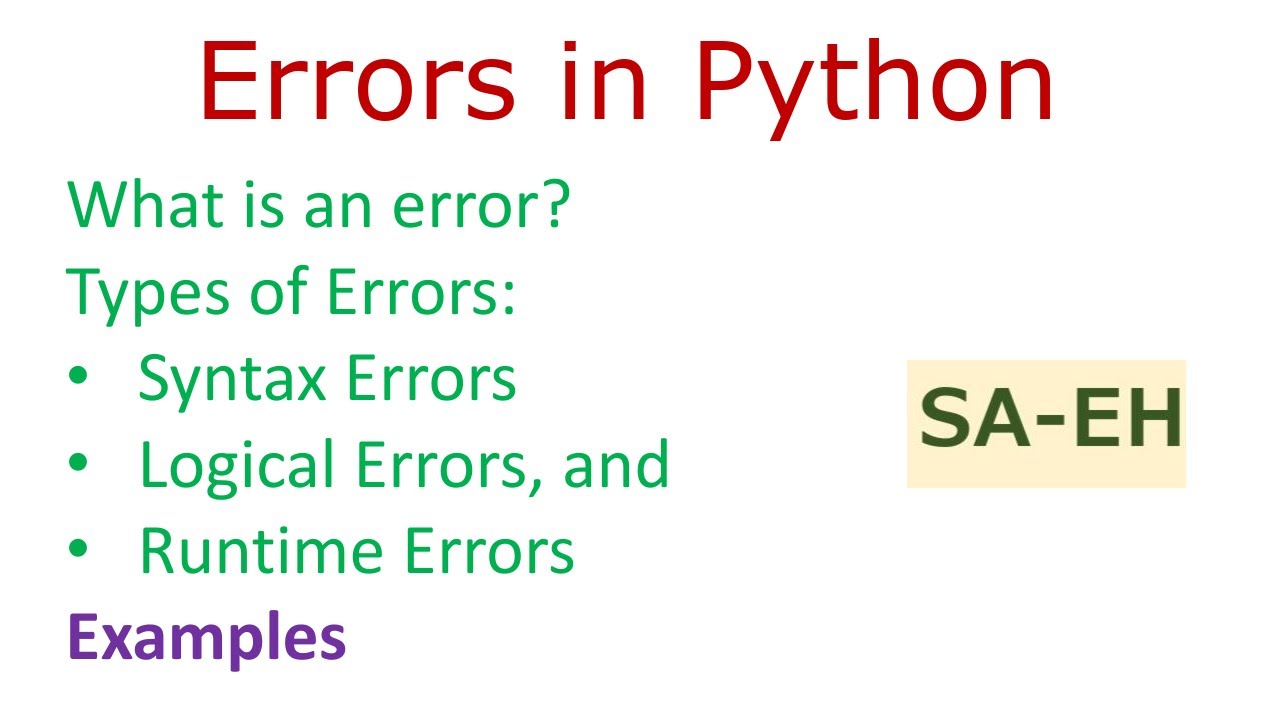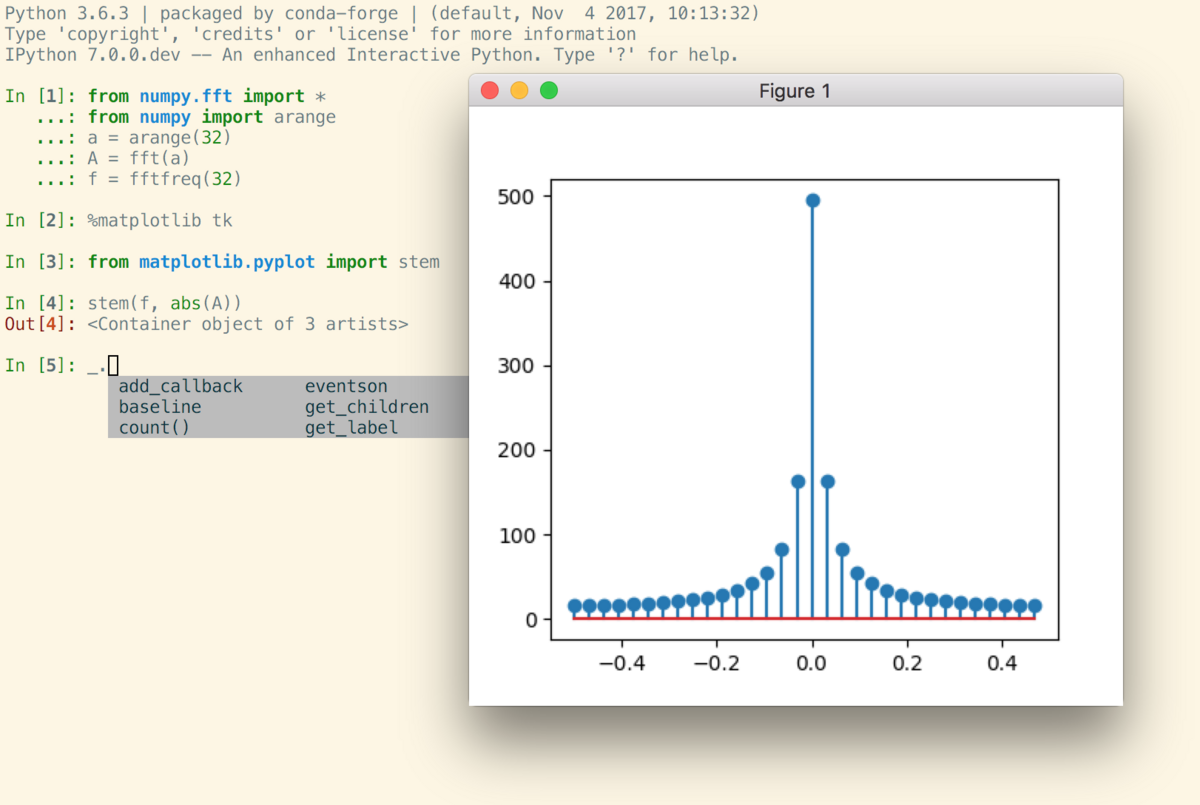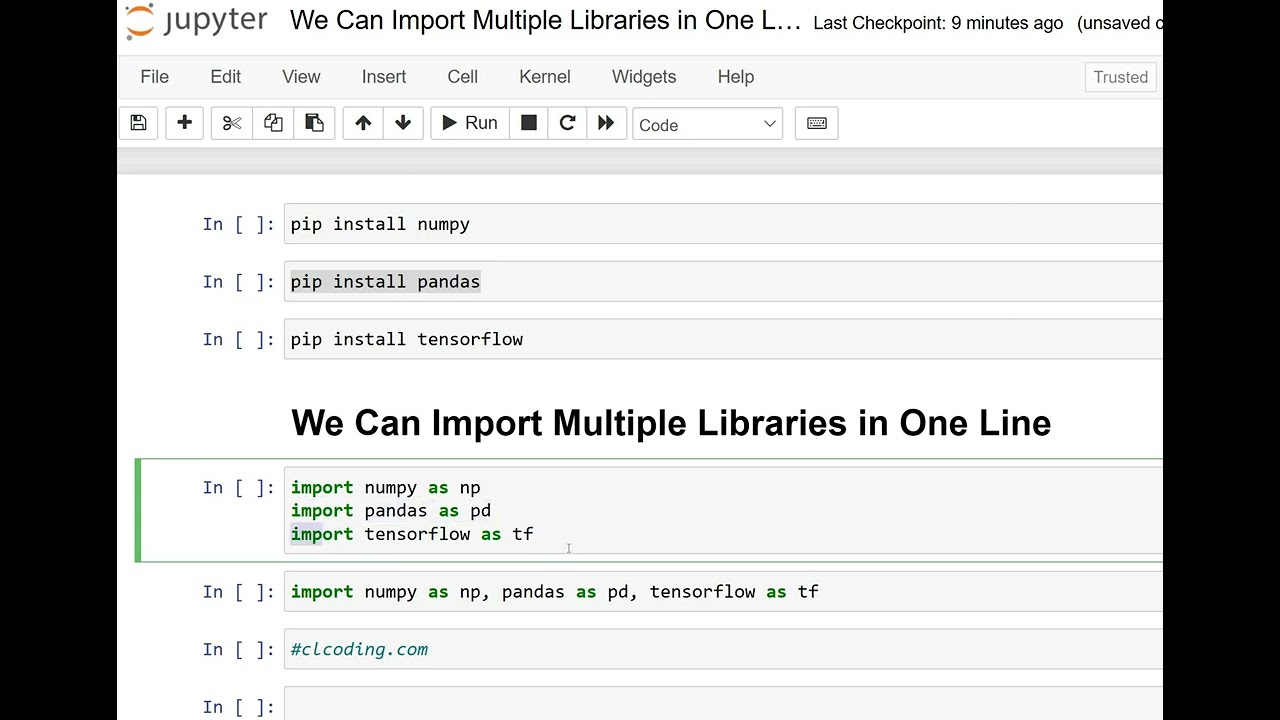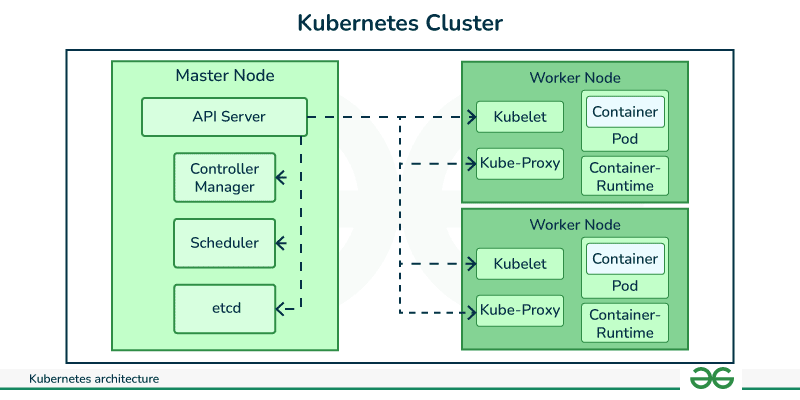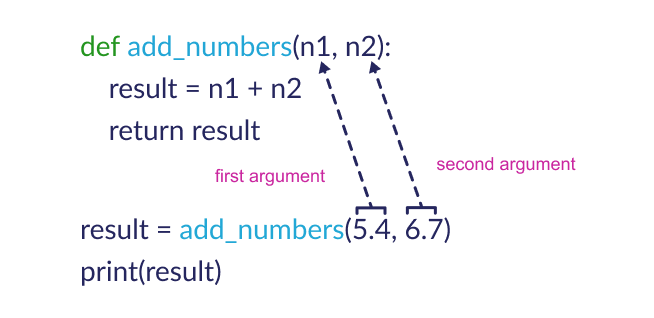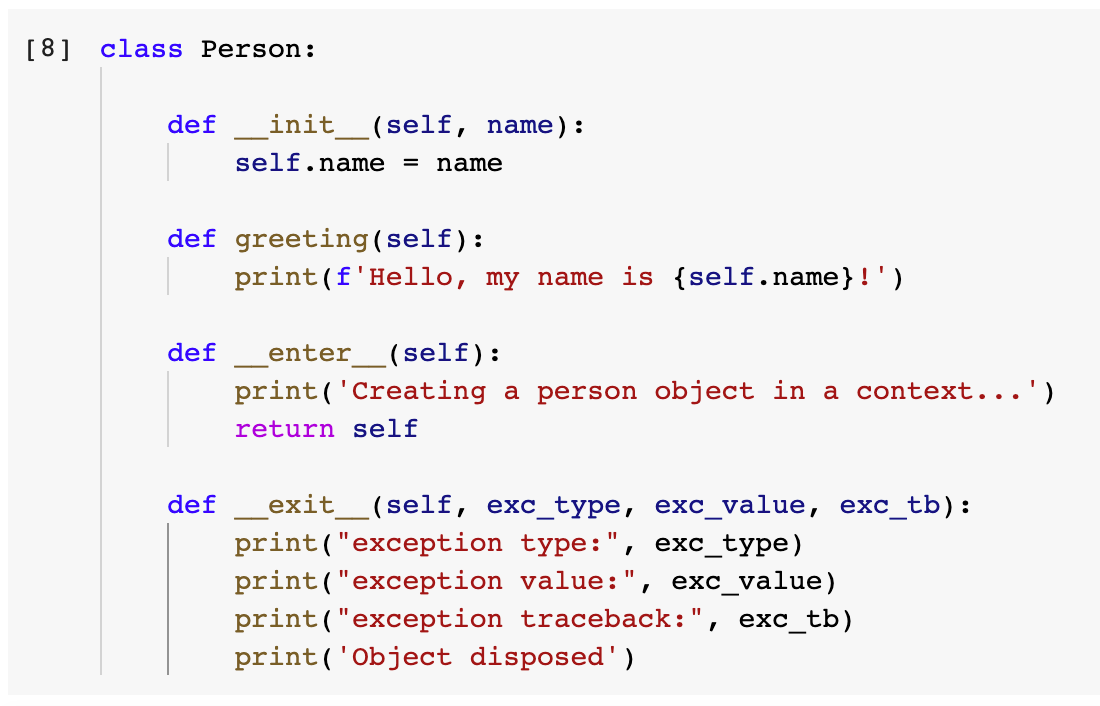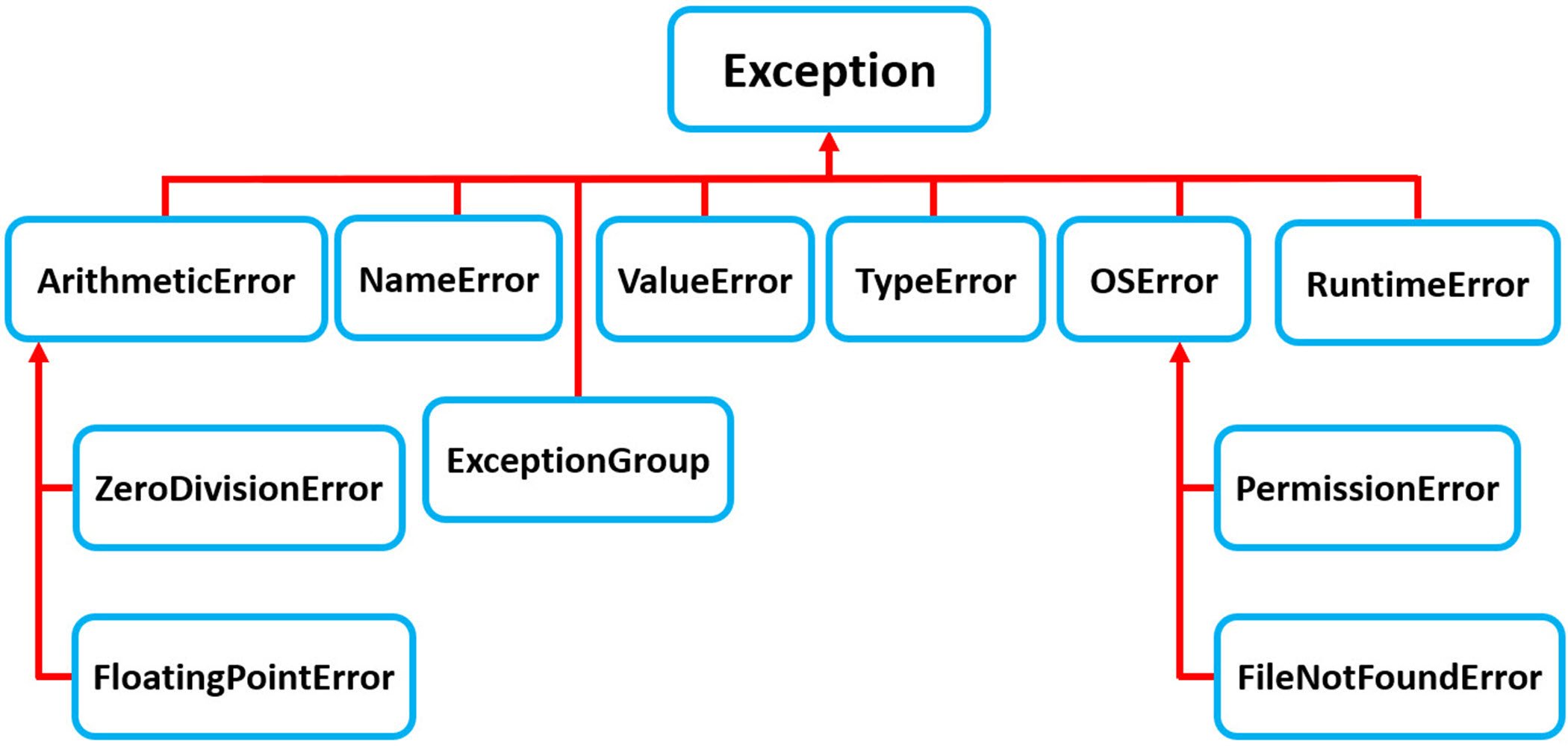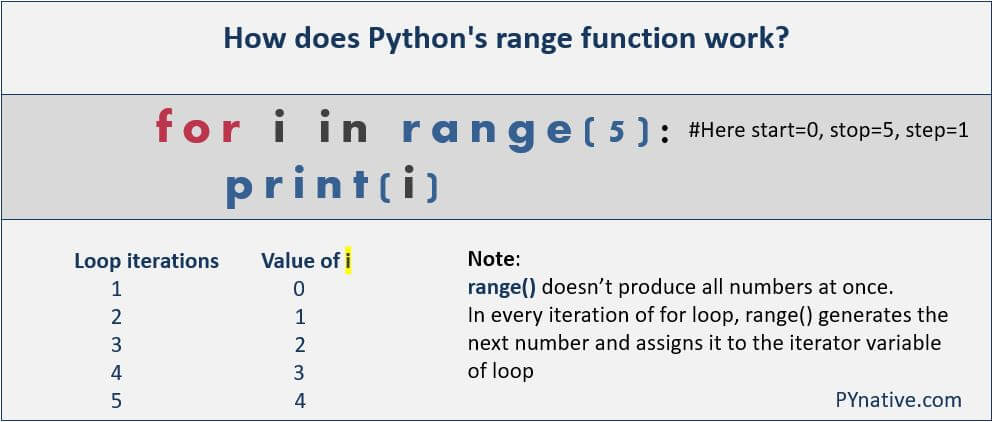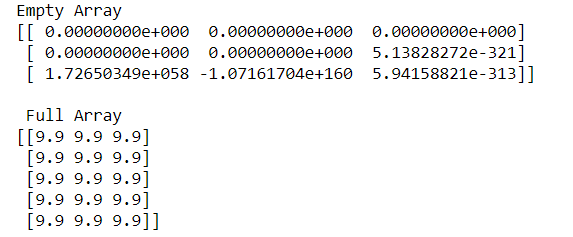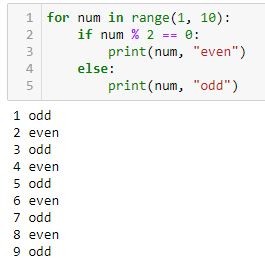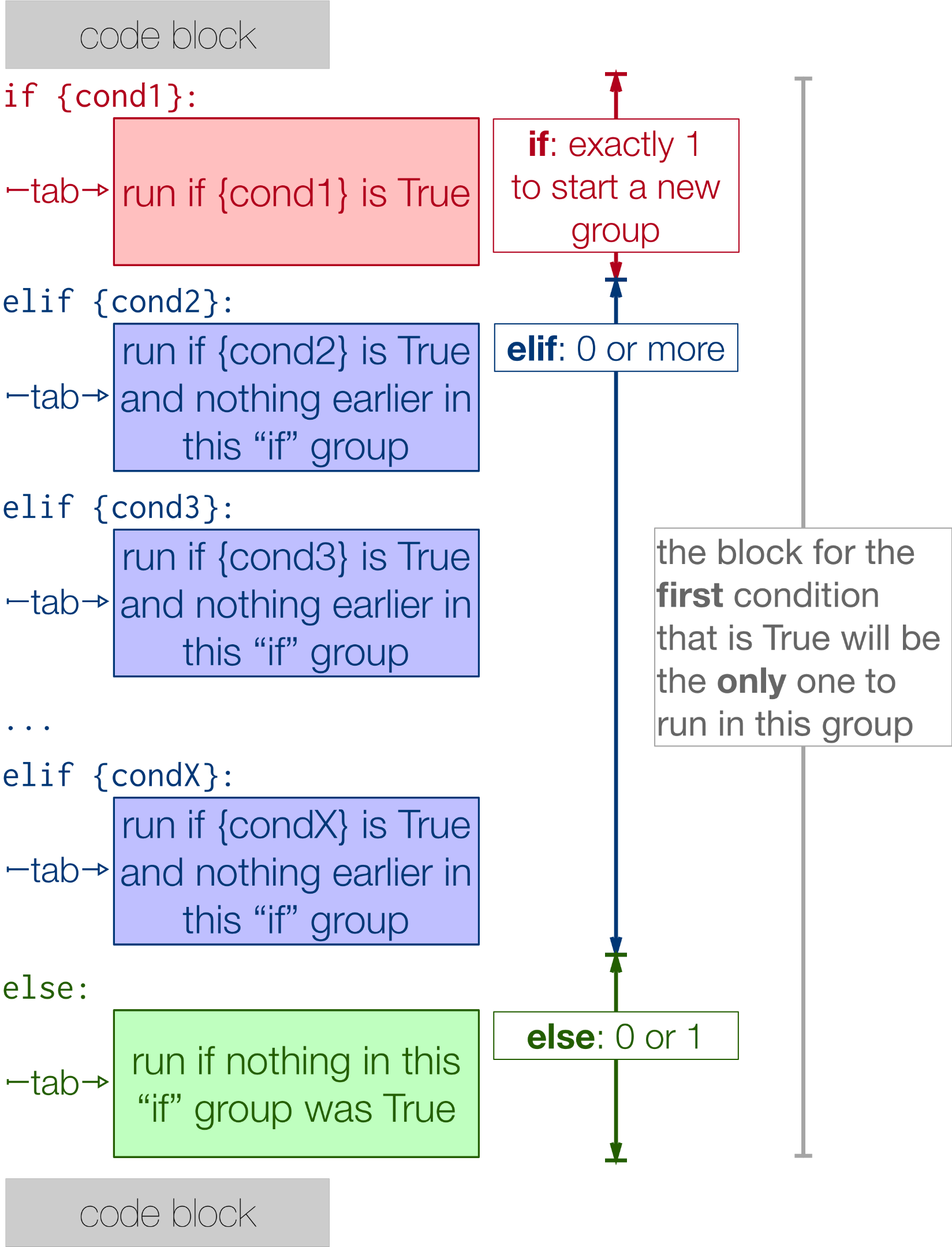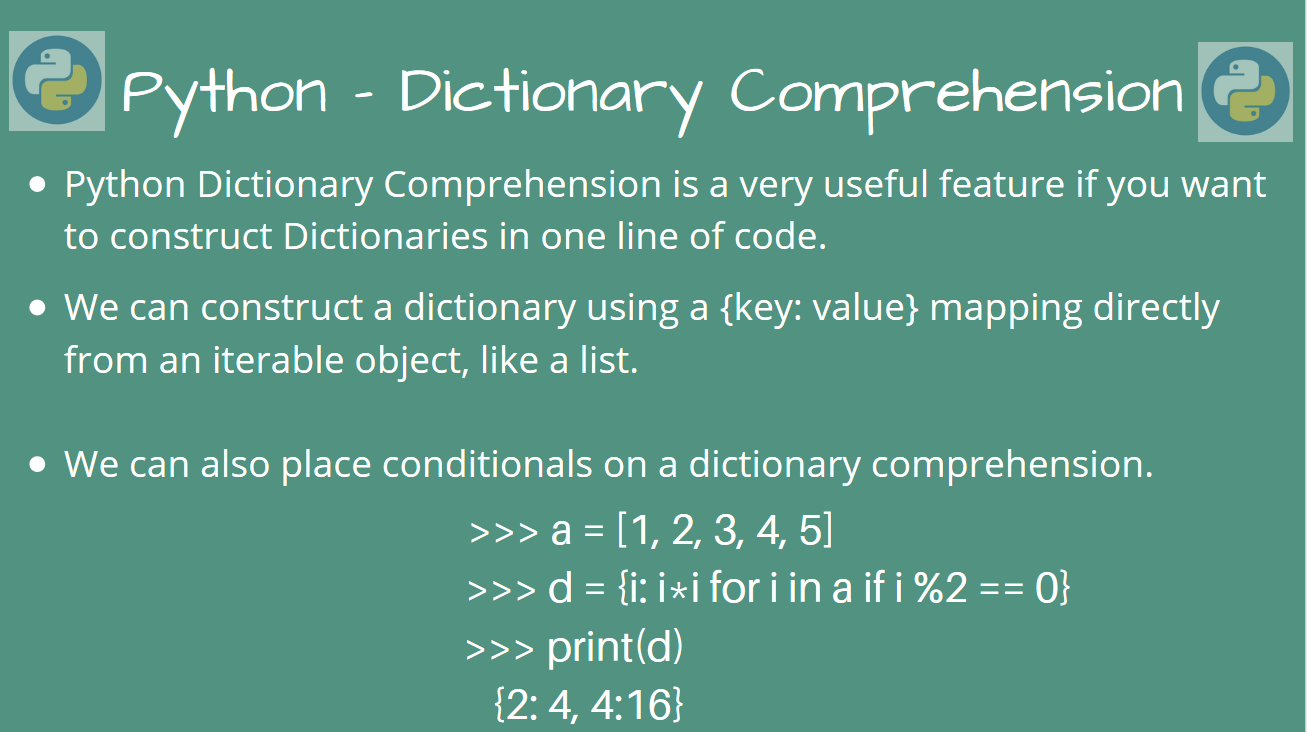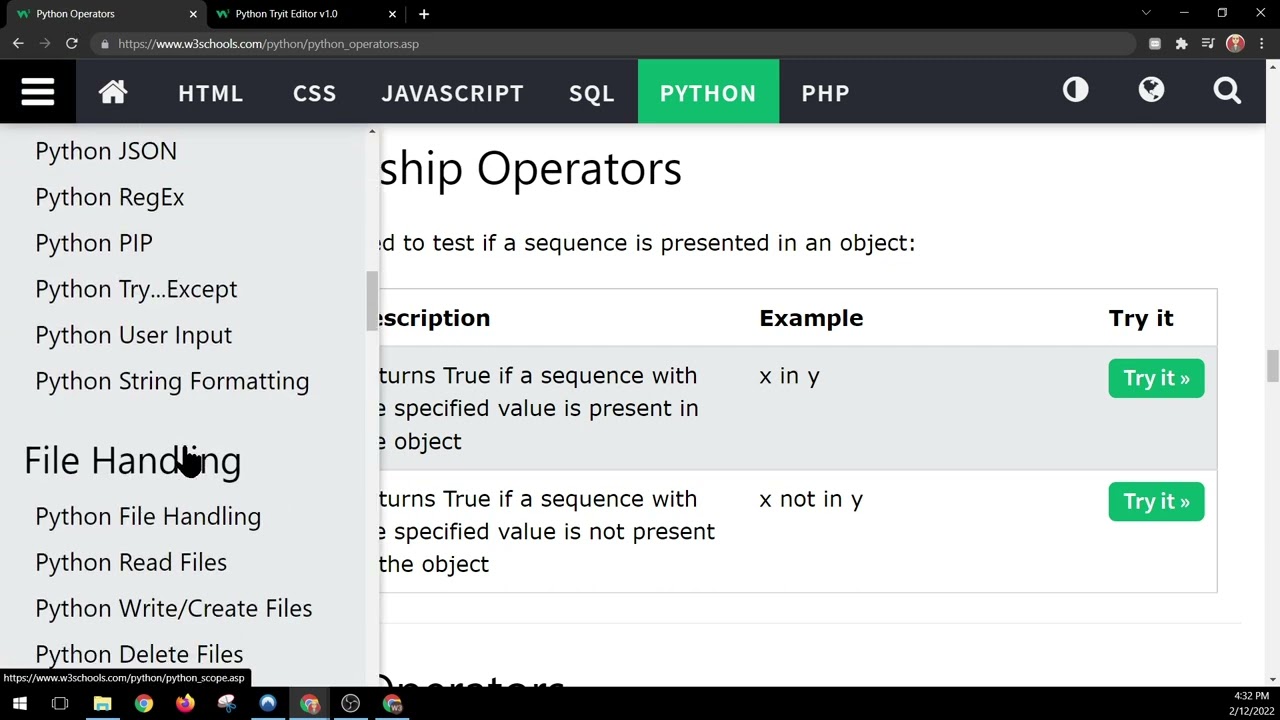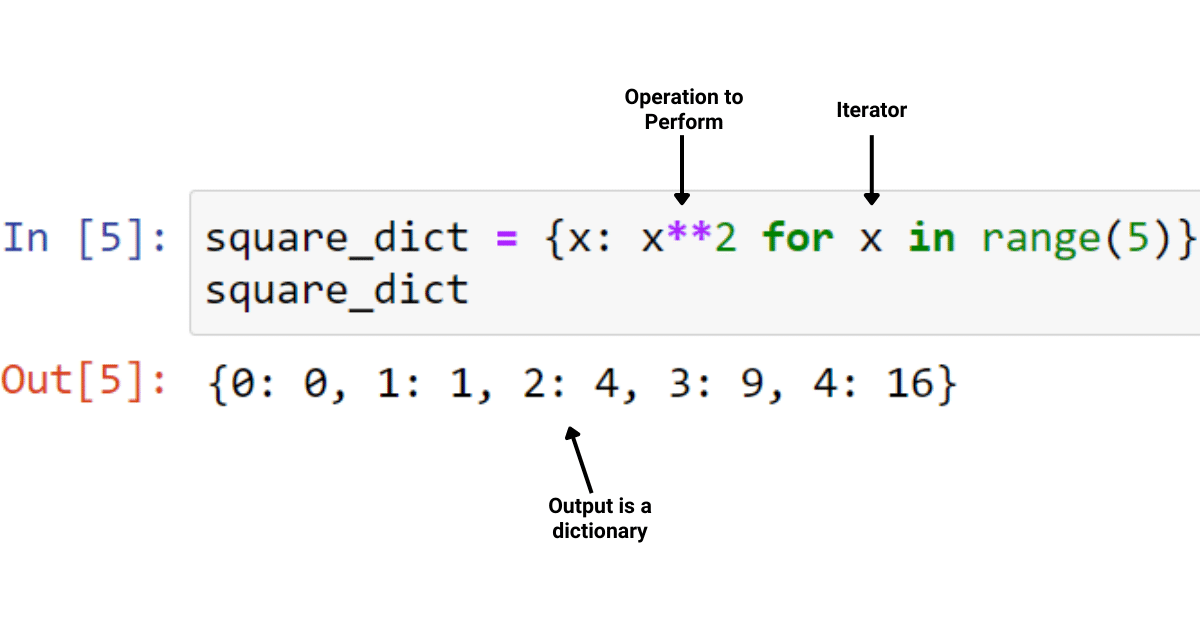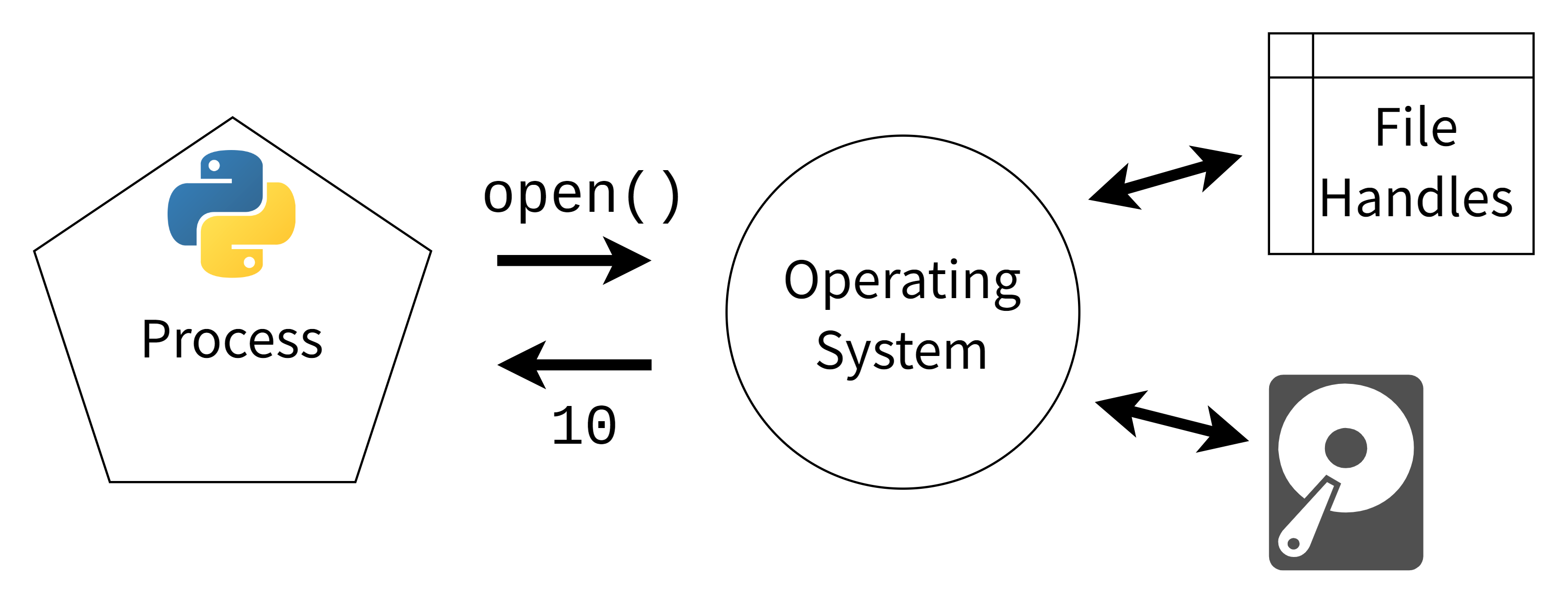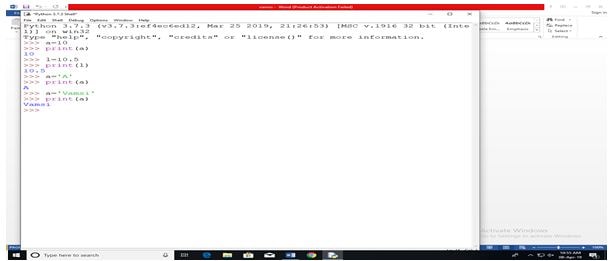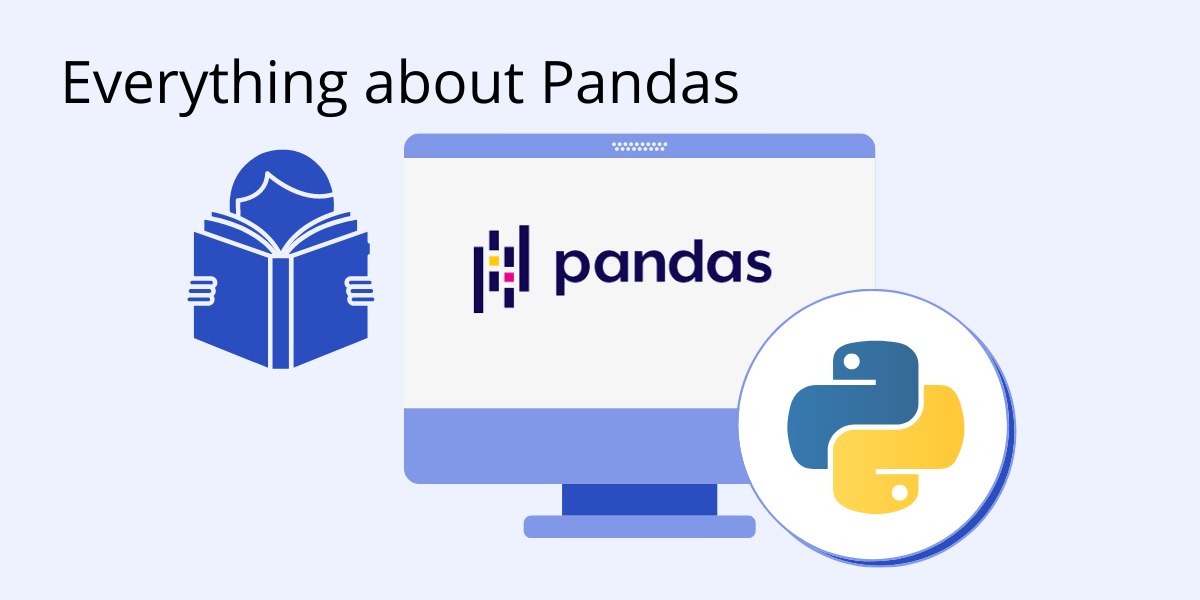Is Python multithreaded like Java?
Is Python multithreaded like Java?
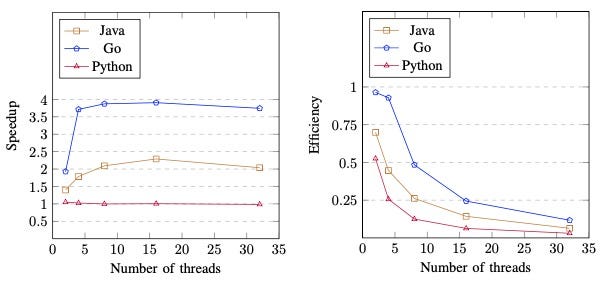
Python and Java are two distinct programming languages with their own unique characteristics. While both can create multi-threaded programs, the approach is quite different.
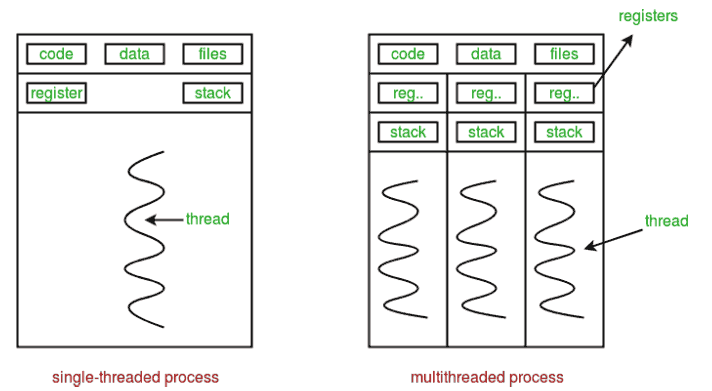
Java: Multithreading in Java
In Java, threads are part of the language's core concept. The Thread class provides a way to create, manage, and interact with threads. Java supports two types of threading models:
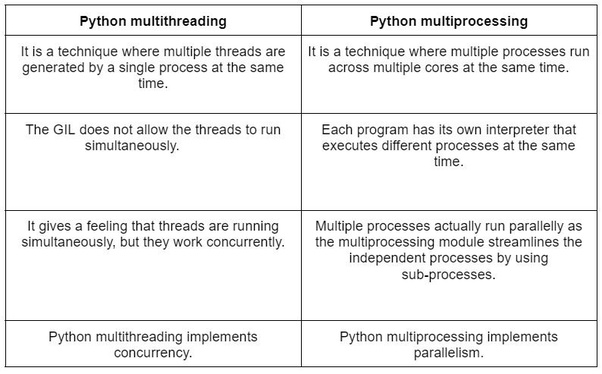
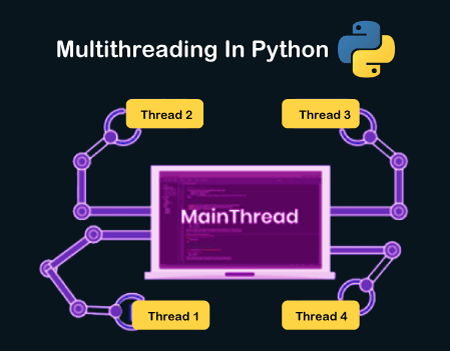
Java also provides synchronization primitives like synchronized, wait, and notify to manage thread communication and coordination.
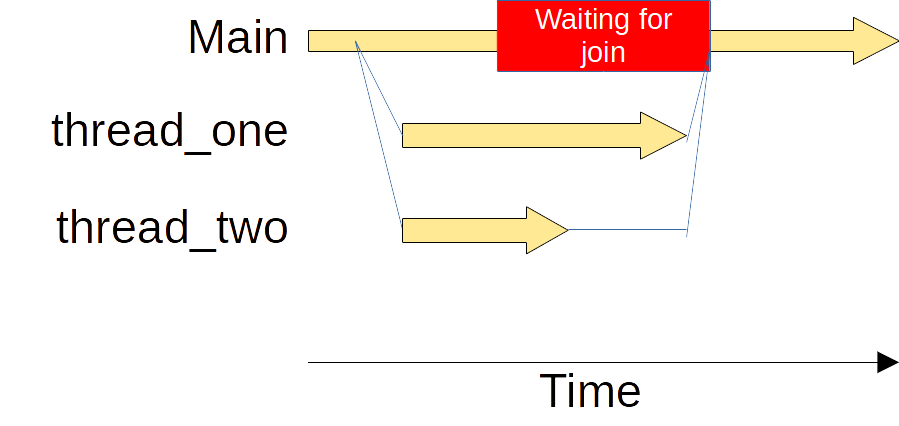
Python: Threading in Python
In Python, threading is supported through the threading module. However, this implementation is quite different from Java's:
threading module provides a way to create threads using the low-level C library (POSIX Threads on Unix and Windows). This means that Python threads are not as lightweight as Java's. Global Interpreter Lock (GIL): Python's Global Interpreter Lock (GIL) ensures that only one thread can execute Python bytecodes at any given time. This makes it less suitable for CPU-bound tasks, but still useful for I/O-bound operations.
To create threads in Python, you can use the Thread class from the threading module or the more modern concurrent.futures library (introduced in Python 3.x). While these libraries provide synchronization primitives like Lock, Condition, and Semaphore, they don't offer the same level of built-in support as Java.
Comparison: When to Use Each
In summary, both Python and Java can create multi-threaded programs. However:
If you need fine-grained control over threads, synchronization, and thread communication, Java might be a better choice. If your application is primarily I/O-bound or focuses on asynchronous operations (like web scraping, file processing, or network requests), Python'sthreading module or concurrent.futures library can provide sufficient performance. For CPU-bound tasks that require parallel execution, consider using Python's multiprocessing library instead of threads.
When deciding which language to use for your project, think about the specific requirements and constraints. Python and Java have their own strengths and weaknesses; choosing the right tool for the job will ultimately depend on your application's needs.
Can Python use multiple CPU cores?
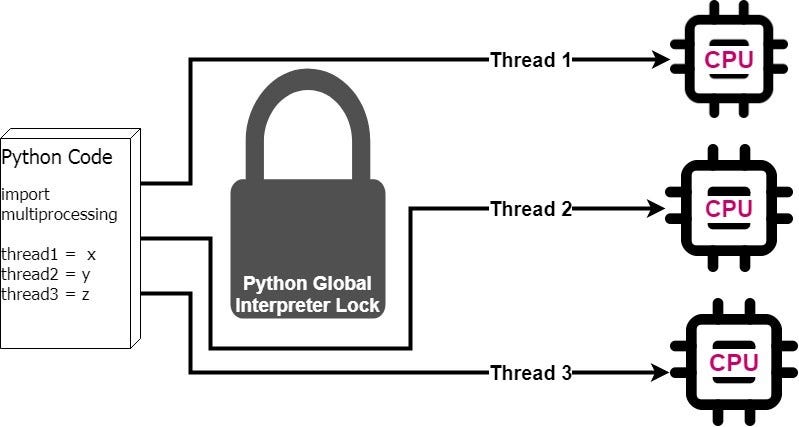
I'll respond in English for now .
Yes, Python can take advantage of multiple CPU cores to perform tasks concurrently. This is achieved through various mechanisms and libraries that enable parallel processing. Here are some ways Python can utilize multiple CPU cores:
Multiprocessing: Themultiprocessing module provides a way to create multiple processes, each running in its own memory space. This allows you to execute tasks simultaneously, using all available CPU cores. You can use the Pool class to manage a pool of worker processes and submit tasks for parallel execution.
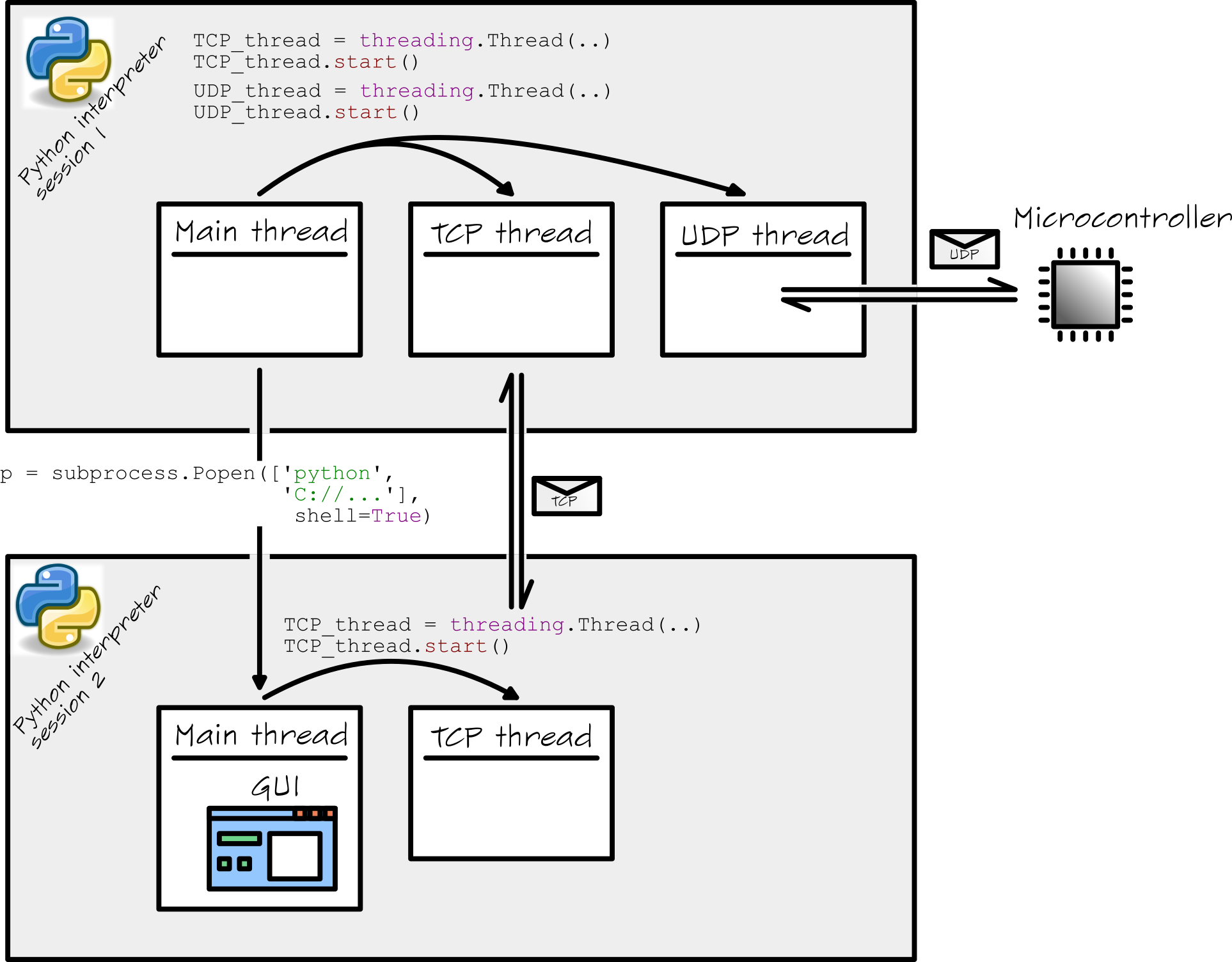
joblib or dask provide thread-based parallelism by wrapping your code in threads that are executed concurrently. Parallel computing: Libraries like OpenMPI, PETSc, and PySpark enable distributed processing on clusters of machines, where tasks can be executed in parallel across multiple nodes (machines). Asynchronous programming: Python 3.5+ includes built-in support for asynchronous I/O operations using the asyncio library. This allows you to write concurrent code without explicit threads or processes.
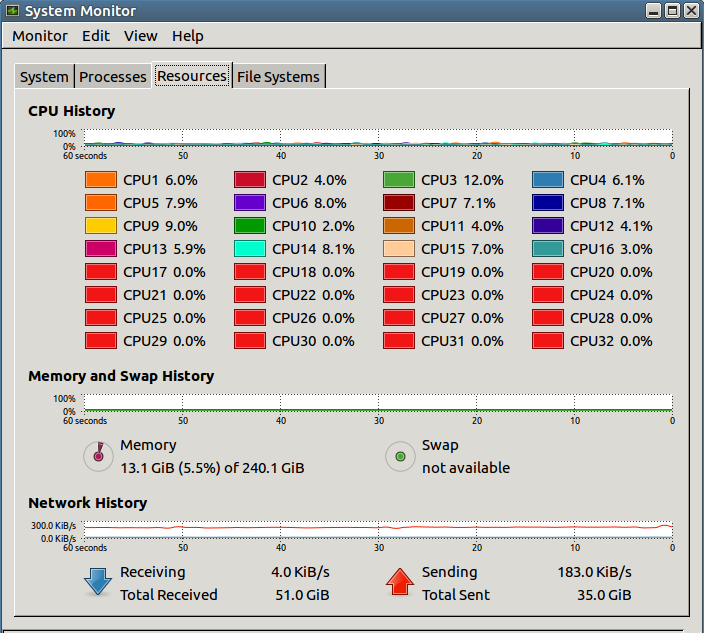
When deciding which approach to use, consider factors such as:
The type of task: Some tasks are inherently parallel (e.g., data processing), while others might not benefit from parallelism. Computational complexity: Complex algorithms may not be well-suited for parallelization due to synchronization overhead. Memory constraints: Parallelizing memory-hungry code can lead to increased memory usage and potential performance issues. Resource availability: Ensure that your machine (or cluster) has sufficient CPU resources, memory, and bandwidth to support parallel processing.To get started with parallel programming in Python, I recommend exploring the multiprocessing and joblib libraries, as they are well-documented and provide a solid foundation for parallelizing tasks.
